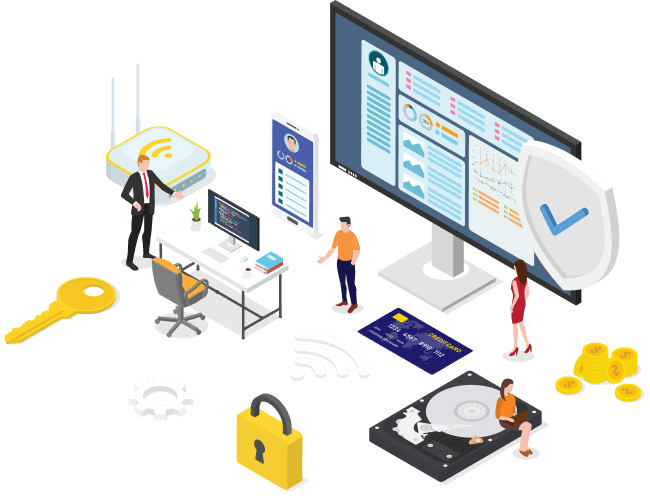Hacking play-to-earn blockchain games: the case of Manarium
mercurius-cyber
updated Jul 28, 2023


5G refers to the 5th generation of mobile phone wireless network capability. It has captured attention and excitement because of its ability to connect people, objects, and devices more frequently and seamlessly than ever, along with its higher network speeds, extremely low latency, and more reliable network performance.
It is relatively early in its evolution, but forecasts predict there will be more than 3.5 billion 5G connections worldwide by 2025. Governments and businesses anticipate many changes to how we live and do business. With this new iteration of mobile technology, 5G is expected to be in use for at least another couple of decades until 6G technology is developed.
As a result, it’s important to consider the impact and new challenges that 5G will bring and have on cybersecurity Adopting new technology without cybersecurity considerations can significantly impact the safety and security of governments,the public, and businesses at all levels. Each must share responsibility for 5G cybersecurity awareness, taking steps to remediate vulnerabilities, and mitigating problems associated with 5G technology.
To fully explore what 5G means for cybersecurity, it’s helpful to take a closer look at past mobile technology and why the leap from 4G to 5G is unlike the difference between other cell phone network generations.
5G represents enhanced mobile broadband, enabling more connectivity, including the Internet of Things (IoT) and other potential services and deployments. Such services may include digitized logistics, remote surgery (with latency as low as one millisecond), and more accurate agricultural processes using drones.
The 5th generation of mobile network technology is also intended to be more reliable for users with negligible latency (up to ten times less than 4G, typically around four milliseconds), offering a better experience for individual consumers and businesses with download speeds up to 10 gigabits per second, which is around 100 times faster than 4G.
The transition from 4G to 5G continues to be helped by the 3rd Generation Partnership Project (3GPP). Formed in 1998, the 3GPP is a global initiative uniting seven telecommunications standard development organizations. Together, they aim to maximize compatibility between 5G and legacy infrastructure and equipment to smooth the transition to 5G and future networks, ensuring a continuous, robust, widely-available, end-to-end ecosystem that is backward- and forward-compatible.
As an overhaul of traditional architecture, 5G can support services and emerging technologies that would have been impossible with previous generations. This means that 5G will have a massive impact on critical infrastructure. Compared with previous generations of cellular infrastructure, 5G is not only a faster network. It vastly differs in terms of functionality, capability, accessibility, scope, and potential.